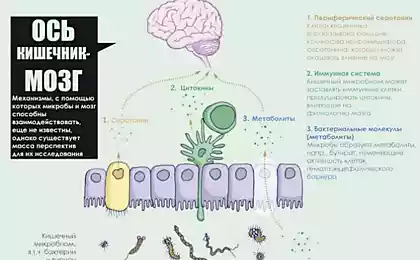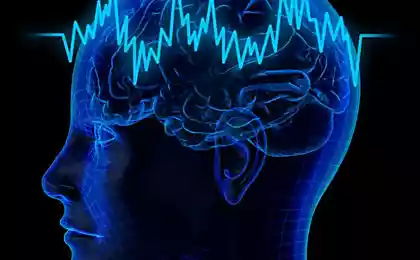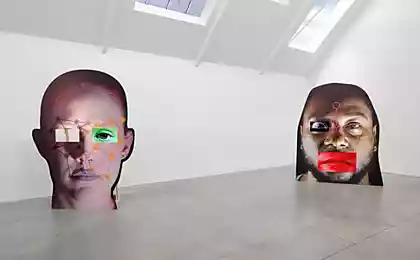522
Doctors looked at how drugs affect the brain
Thanks to a new method of measuring and displaying, the experts were able to visually observe how blood flows through the vessels of the brain.
The technique, developed by researchers at the University of stony brook (NY) and the us National Institute of health, will help doctors and scientists better understand how drugs affect the brain that can help improve brain cancer surgery and tissue engineering and will lead to better treatments for drug addiction.
Seventy six million three hundred seventy three thousand one hundred eighty eight
Left (a) shows a mouse brain before cocaine. Right (b) blood vessels darker, which means lower blood flow.
Researchers have demonstrated a technique based on laser measuring how cocaine disrupts blood flow in the brains of mice. According to Professor Jintana pan (Yingtian Pan), the resulting images are the first of their kind that directly and clearly document such effects. "We have shown that the visualization can provide a lot of useful physiological and functional information, which we did not have before." Drugs such as cocaine can cause aneurysm, bleeding and strokes, but the exact details of what is happening with the blood vessels of the brain has remained elusive, partly because current imaging tools are limited.
With his improved methods, the team had the opportunity to observe exactly how cocaine affects the tiny blood vessels in the mouse brain. Images show that after 30 days of chronic cocaine injection or even after just repeated injections of the drug, there is a sharp drop in the flow velocity. Measuring blood flow is crucial to understanding how the brain works.
As stated by the creators of new technology, the method is best suited for the observation of small blood vessels and networks, so it can be used to obtain images of the capillaries in the eye. Bioengineers can use it to monitor the growth of new blood vessels when engineering tissue.
Source: nauka24news.ru/
The technique, developed by researchers at the University of stony brook (NY) and the us National Institute of health, will help doctors and scientists better understand how drugs affect the brain that can help improve brain cancer surgery and tissue engineering and will lead to better treatments for drug addiction.
Seventy six million three hundred seventy three thousand one hundred eighty eight
Left (a) shows a mouse brain before cocaine. Right (b) blood vessels darker, which means lower blood flow.
Researchers have demonstrated a technique based on laser measuring how cocaine disrupts blood flow in the brains of mice. According to Professor Jintana pan (Yingtian Pan), the resulting images are the first of their kind that directly and clearly document such effects. "We have shown that the visualization can provide a lot of useful physiological and functional information, which we did not have before." Drugs such as cocaine can cause aneurysm, bleeding and strokes, but the exact details of what is happening with the blood vessels of the brain has remained elusive, partly because current imaging tools are limited.
With his improved methods, the team had the opportunity to observe exactly how cocaine affects the tiny blood vessels in the mouse brain. Images show that after 30 days of chronic cocaine injection or even after just repeated injections of the drug, there is a sharp drop in the flow velocity. Measuring blood flow is crucial to understanding how the brain works.
As stated by the creators of new technology, the method is best suited for the observation of small blood vessels and networks, so it can be used to obtain images of the capillaries in the eye. Bioengineers can use it to monitor the growth of new blood vessels when engineering tissue.
Source: nauka24news.ru/























